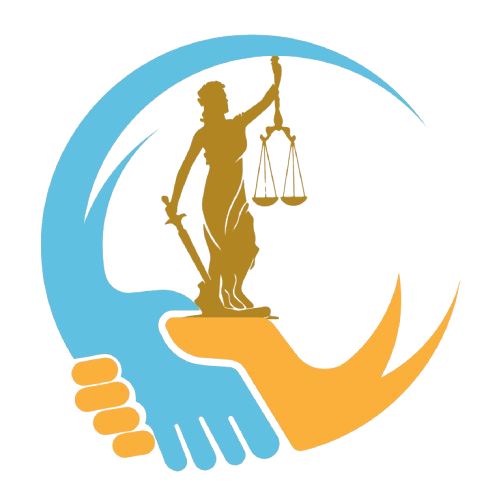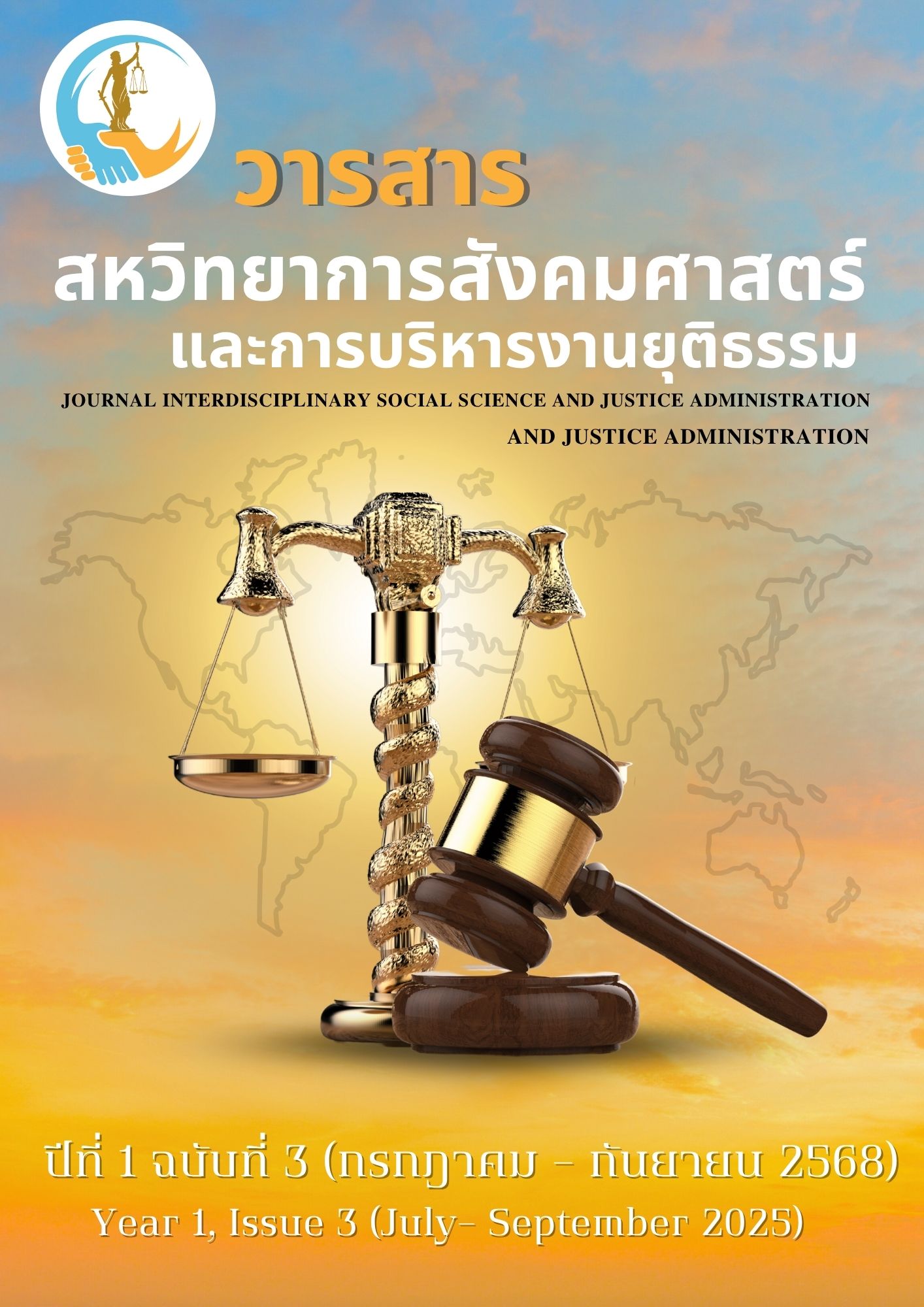การศึกษาแนวคิดทฤษฎีอาชญาวิทยาเพื่อแก้ปัญหาการกระทำผิดของเด็กและเยาวชน
Main Article Content
บทคัดย่อ
บทความวิชาการนี้มีวัตถุประสงค์เพื่อ ค้นหาแนวทางในการหาสาเหตุและการป้องกันการกระทำผิดของเด็กและเยาวชน โดยเฉพาะกรณีก่อการทะเลาะวิวาทของนักศึกษาทั้งในสถาบันเดียวกันและระหว่างสถาบันการศึกษา โดยใช้การวิเคราะห์ตามหลักการของทฤษฎีอาชญาวิทยาเพื่อหาสาเหตุและ นำหลักการของทฤษฎีอาชญาวิทยาเป็นแนวทางในการป้องกันและแก้ไขปัญหาการกระทำผิดของเด็ก และเยาวชน โดยในการศึกษาครั้งนี้เป็นการศึกษาวิจัยเชิงคุณภาพ (Qualitative Research) ประเภทวิจัยเอกสาร (Documentary Research)
ผลการศึกษาพบว่า หลักการของทฤษฎีอาชญาวิทยาที่นำมาศึกษาและประยุกต์ใช้ในการป้องกันการกระทำผิดของเด็กและเยาวชนได้อย่างมีประสิทธิภาพ ได้แก่ ทฤษฎีวัฒนธรรมรอง ทฤษฎีพันธะทางสังคม ทฤษฎีชุมชนสัมพันธ์และทฤษฎีบังคับใช้กฎหมาย ทำให้ได้แนวทางหรือมาตรการในการป้องกันการกระทำผิดหรือการแก้ไขปัญหากระทำผิดของเด็กและเยาวชน ได้แก่ การนำแนวคิดทฤษฎีทั้ง 4 ทฤษฎีมาประยุกต์ใช้ในการแก้ปัญหา การจัดตั้งองค์กรกลางในด้านการประสานงานให้ความคุ้มครองเด็กและเยาวชน การร่วมมือขององค์กรภาครัฐและภาคเอกชนเพื่อประโยชน์ของเด็กและเยาวชน การจัดตั้งคณะผู้ตรวจการเด็กแห่งชาติ และการแก้ไขปัญหาร่วมกันของหน่วยงานที่ใกล้ชิดเด็กและเยาวชนมากที่สุดในพื้นที่ ได้แก่ สำนักงานตำรวจแห่งชาติ กระทรวงศึกษาธิการ กระทรวงพัฒนาสังคมและความมั่นคงของมนุษย์ และองค์กรปกครองส่วนท้องถิ่น รวมทั้งการบรรจุแต่งตั้งบุคลากรทางการศึกษาที่มีความรู้ด้านอาชญาวิทยา จิตวิทยาที่สามารถแก้ปัญหาให้เด็กและเยาวชนได้ทันท่วงที และสามารถวางโปรแกรมการแก้ไขปัญหาการกระทำผิดของเด็กและเยาวชนได้อย่างมีประสิทธิภาพด้วย เป็นต้น
ผู้เขียนมีข้อเสนอแนะ ดังนี้ หน่วยงานที่เกี่ยวข้องกับการทำผิดของเด็กเยาวชนโดยเฉพาะหน่วยงานหลักซึ่งอยู่ใกล้ชิดกับการกระทำผิดของเด็กและเยาวชนมากที่สุด ได้แก่ โรงเรียนหรือสถาบันการศึกษา สถานีตำรวจ กระทรวงพัฒนาสังคมและความมั่นคงจังหวัดของมนุษย์ และองค์กรปกครองส่วนท้องถิ่น ซึ่งโรงเรียนหรือสถาบันการศึกษาอยู่ในเขตรับผิดชอบร่วมกันนำหลักการของทฤษฎีอาชญาวิทยามาเป็นแนวทางในการแก้ไขปัญหา และต้องร่วมมือกับตำรวจและหน่วยงานที่เกี่ยวข้อง ติดตามประเมินผลร่วมกันและระวังปัญหาการกระทำผิดของเด็กและเยาวชนต่อไป
Article Details

อนุญาตภายใต้เงื่อนไข Creative Commons Attribution-NonCommercial-NoDerivatives 4.0 International License.
บทความนี้ได้รับการเผยแพร่ภายใต้สัญญาอนุญาต Creative Commons Attribution-NonCommercial-NoDerivatives 4.0 International (CC BY-NC-ND 4.0) ซึ่งอนุญาตให้ผู้อื่นสามารถแชร์บทความได้โดยให้เครดิตผู้เขียนและห้ามนำไปใช้เพื่อการค้าหรือดัดแปลง หากต้องการใช้งานซ้ำในลักษณะอื่น ๆ หรือการเผยแพร่ซ้ำ จำเป็นต้องได้รับอนุญาตจากวารสารเอกสารอ้างอิง
กรมพินิจและคุ้มครองเด็กและเยาวชน. (2567). รายงานสถิติคดีประจำปี พ.ศ. 2567.
ฐาปนัส เรืองรัตนพงศ์ และศศิภัทรา ศิริวาโท. (2563). ปัจจัยที่มีผลต่อการทะเลาะวิวาทของนักเรียนอาชีวะ : กรณีศึกษาสถาบันอาชีวะศึกษา ในพื้นที่อำเภอเมือง จังหวัดสมุทรปราการ. เอกสารสืบเนื่องจากการประชุมวิชาการระดับชาติ มหาวิทยาลัยรังสิต ประจำปี 2563.
ประเทือง ธนิยผล. (2553). อาชญาวิทยาและทัณฑวิทยา (พิมพ์ครั้งที่ 7). สำนักพิมพ์มหาวิทยาลัยรามคำแหง.
พรชัย ขันตี. (2553). ทฤษฎีอาชญาวิทยา : หลักการงานวิจัยและนโยบายประยุกต์. หจก.สุเนตร์ฟิล์ม.
ภัทรวรรณ ทองใหญ่. (2561). อาชญาวิทยาและทัณฑวิทยา. สำนักพิมพ์มหาวิทยาลัยรามคำแหง.
วรวิทย์ ฤทธิทิศ. (2548). หลักกฎหมายการดำเนินคดีในศาลเยาวชนและครอบครัว. สำนักพิมพ์วิญญูชน.
วราภรณ์ ตระกูลสฤษดิ์. (2545). จิตวิทยาการปรับตัว (พิมพ์ครั้งที่ 2). ศูนย์ส่งเสริมวิชาการ.
วิชา มหาคุณ. (2541). ศาลเยาวชนและครอบครัวตามแนวความคิดสากล (พิมพ์ครั้งที่ 5). สถาบันพัฒนากระบวนการยุติธรรมเยาวชนและครอบครัว ศาลเยาวชนและครอบครัวกลาง.
สุณีย์ กัลป์ยะจิตร และคณะ. (2561). รูปแบบและแนวทางการป้องกันการก่อเหตุทะเลาะวิวาทของนักเรียน/นักศึกษาในกรุงเทพมหานคร. วารสารสหศาตร์, 18(1), 167 – 191.
สุพิศาล ภักดีนฤนาถ. (2556). แนวทางการปฏิบัติงานตามหลักการและทฤษฎีตำรวจสมัยใหม่ (พิมพ์ครั้งที่ 2). บริษัท กรีนแอปเปิ้ล กราฟฟิคปริ้นติ้ง จำกัด.
อิสเรศวร์ ลักษมีพิเชษฐ์. (2561). มาตรการป้องกันปัญหาความรุนแรงในนักเรียนอาชีวศึกษาในเขตกรุงเทพฯ และปริมณฑล. วิทยานิพนธ์ศิลปะศาสตร์ดุษฎีบัณฑิต จุฬาลงกรณ์มหาวิทยาลัย.
Cohen A.K. (1955). Delinquent boys : The Culture of the Gang. Glencoe : Free Press.
Sampson, Robert J. and W. Byron Grover. (1989). Community Structure and Crime : Testing Social disorganization Theory. American Journal of Sociology 4, 774-802.
Sutherland and Cressey. (2007). 1974 cited in Tim Newburn. Criminology, 1st ed. Willan Publishing.
United Nations Standard Minimum Rules for the Administration of Juvenile Justice (“The Beijing Rules”), November 29th, 1985 pp. 1.


